Traditionally, diesel engines have always been seen as noisy,
Smelly and underpowered engines of little use other than in trucks, taxis, and vans.
But as diesel engines and their injection system controls have become more refined,
The 1980s have seen that situation change. In the UK in 1985 there were almost 65,000 diesel cars sold (about 3.5 percent of the total number of cars sold), compared with only 5380 in 1980.
The compression-ignition engine
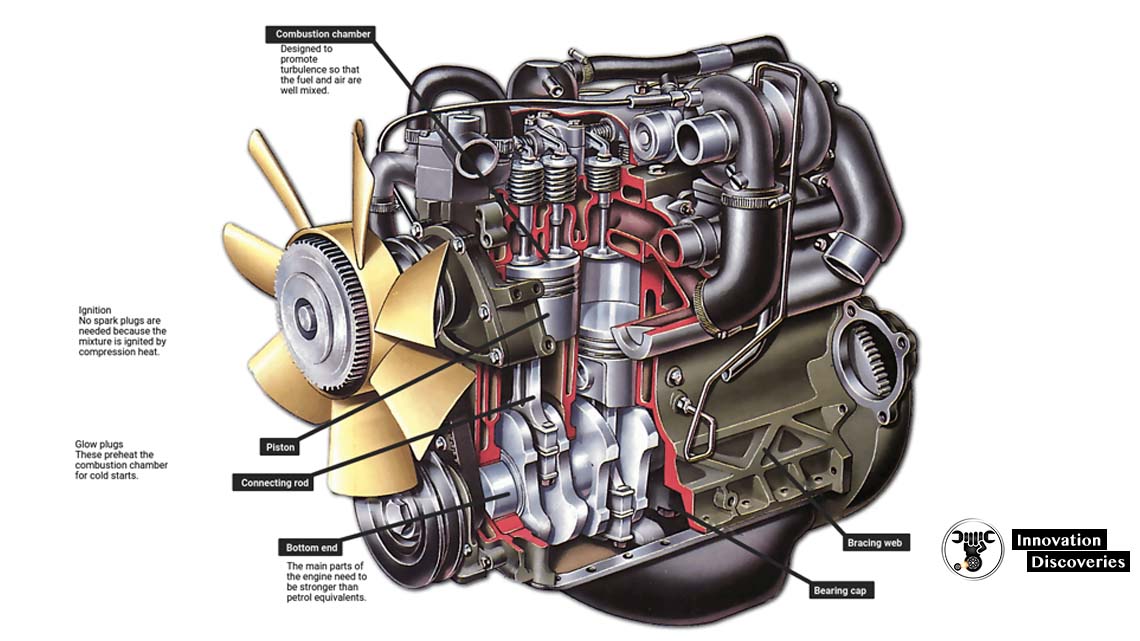
But with the major components strengthened to cope with the higher pressures involved.
Fuel is supplied by an injection pump and metering unit,
Which are usually mounted on the side of the engine block?
No electric ignition system is needed.
The main advantage of diesel engines over petrol engines is their lower running cost. This is partly a result of the greater efficiency of the.
High compression ratio diesel engine and partly because of the
Lower price of diesel fuel although the price difference varies,
So the advantage of running a diesel car will be slightly reduced if you live in an area
With high-priced diesel fuel, The service intervals are often longer too,
But many diesel models require more frequent oil changes than their petrol counterparts.
How diesel engines work
Induction
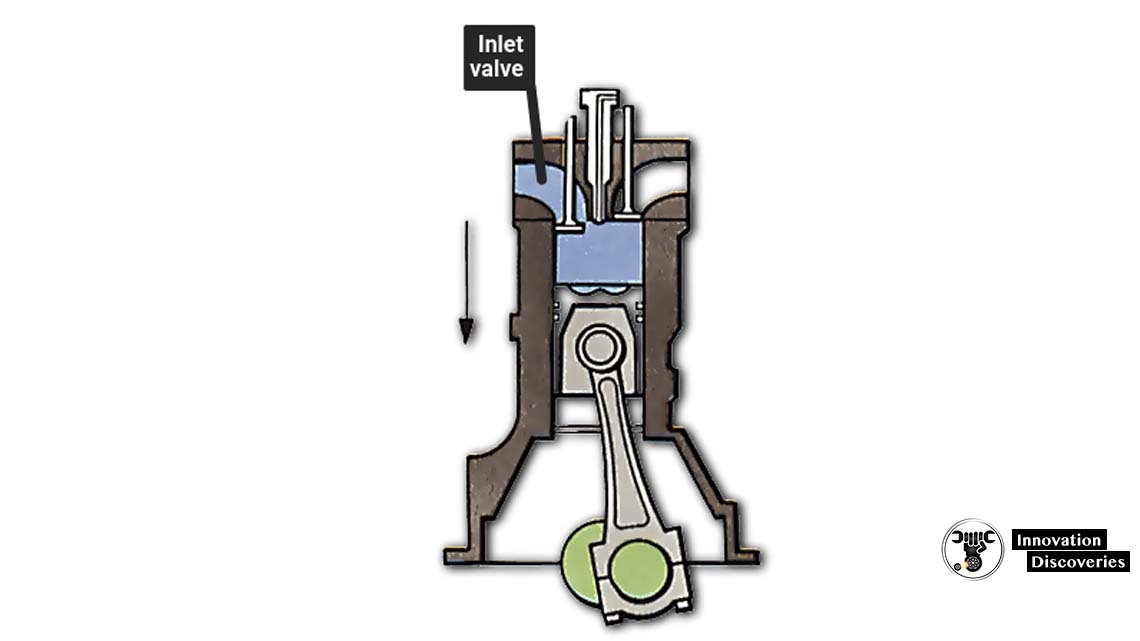
The inlet valve opens and air is sucked in.
Compression
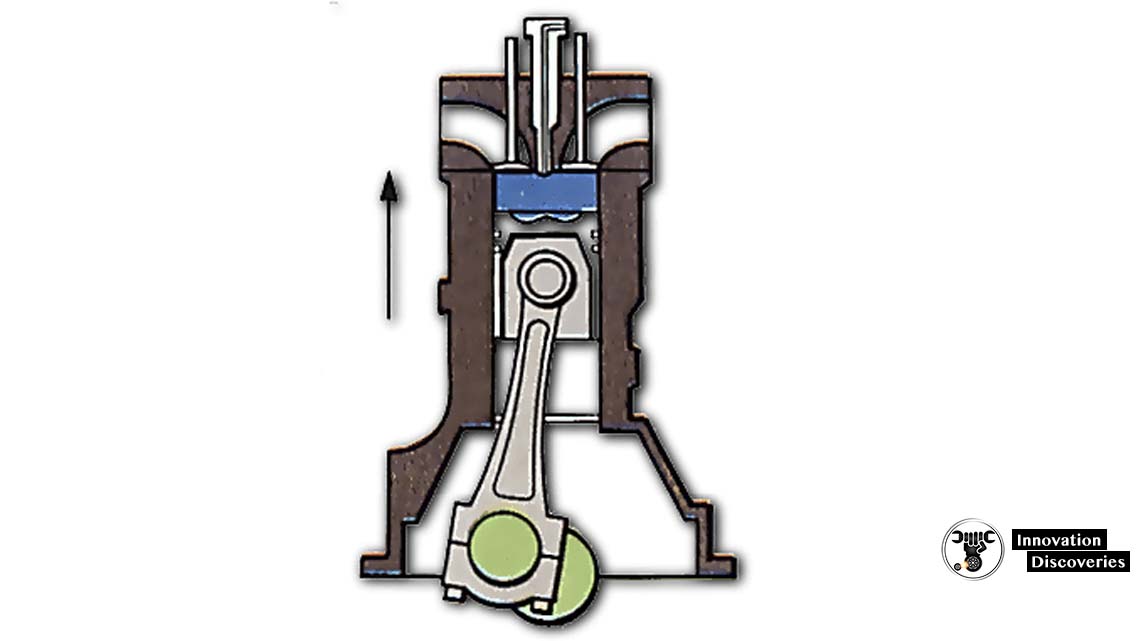
The piston rises to compress air.
Ignition
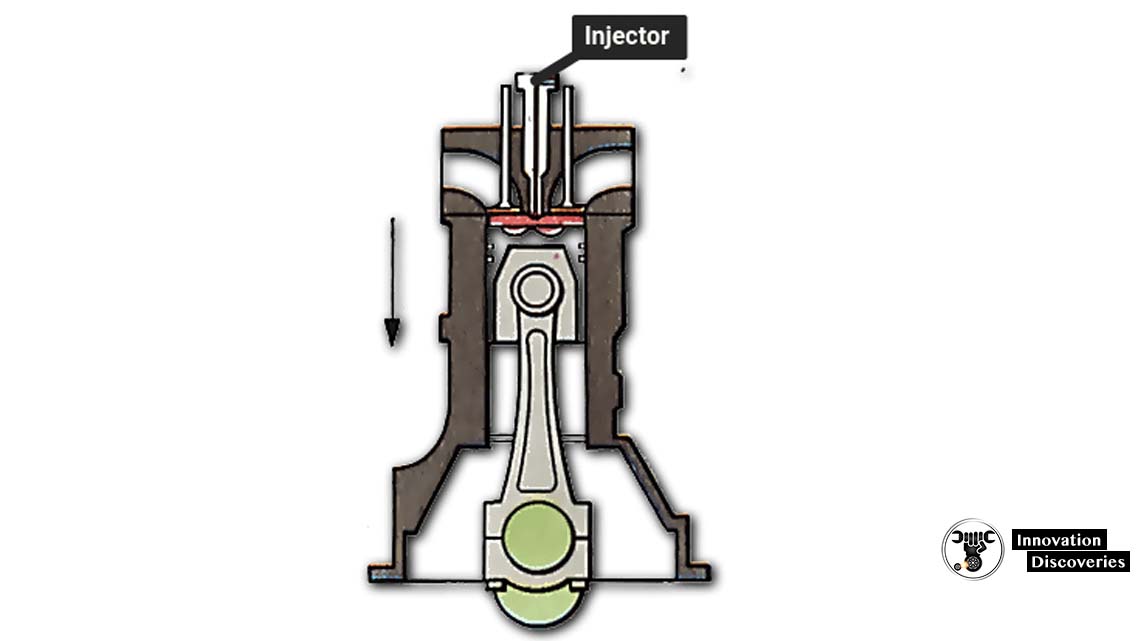
It ignites and forces the piston down.
Exhaust

The exhaust valve opens and burned gas is expelled.
Boosting the power
The diesel car’s main drawback is its lower performance compared with
Petrol engines of equivalent capacity.
One way around the problem is to simply increase the size of the engine,
But this often results in a significant weight increase.
Some manufacturers add turbochargers to their engines to
Make them competitive in terms of performance.
Rover, Mercedes, Audi, and VW are among the manufacturers who produce turbo diesels.
A diesel engine works differently from a petrol engine,
Even though they share major components and both work on the four-stroke cycle.
The main differences are in the way the fuel is ignited and the way the power output is regulated.
In a petrol engine, the fuel/air mixture is ignited by a spark.
In a diesel engine, ignition is achieved by compression of air alone.
A typical compression ratio for a diesel engine is 20:1, compared with 9:1 for a petrol engine. Compressions are as great as this heat up the air to a temperature.
High enough to ignite the fuel spontaneously,
With no need for a spark and therefore of an ignition system.
A petrol engine draws in variable amounts of air per suction stroke,
The exact amount depending on the throttle opening.
A diesel engine, on the other hand, always draws in the same amount of air,
Through an unthrottled inlet tract that is opened and closed only by the inlet valve.
When the piston reaches the effective end of its induction stroke, the inlet valve closes. As the piston reaches the top of its travel,
A precisely metered quantity of diesel fuel is injected into the combustion chamber.
The heat from compression fires the fuel/air mixture immediately,
Causing it to burn and expand. This forces the piston downwards, turning the crankshaft.




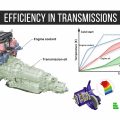
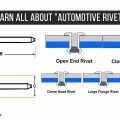
13 Comments